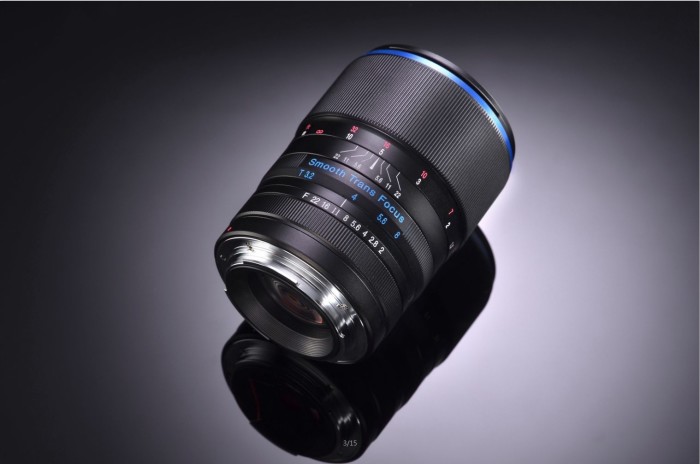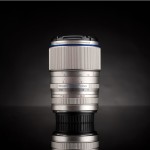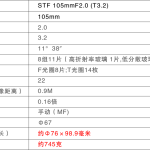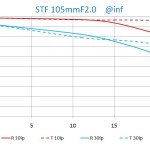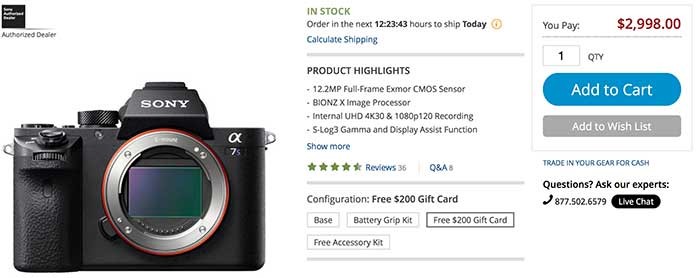Sony released a new firmware update for the FS7 E-mount camcorder and the F5/F55.
The FS7 firmware can be downloaded at Sony Japan (Click here). It fixes a major RAW issue. And below you can find the major FS5 an F55 firmware upgrade info via Sony community:
–
We are very happy to announce the release of Version 7.01 firmware for both the F5, and F55 digital motion picture cameras.
This release is v7.01. The firmware v7.00 package is not released due to last minute changes. Version 7.01 is an updated package from v7.00
Among other features and improvements, Version 7 implements the Quick Menu using the high-resolution sub-display. Three silver keys above the display and three keys below are context sensitive and give you direct access to often used, powerful features without needing to navigate the menu system. Each key will call up a special submenu page – Project, Monitoring, MLUT, Media, Viewfinder and Others – for fast, efficient navigation.

Improved viewfinder zebras – extended range
Documentarians and natural history DoPs have asked us for better viewfinder exposure tools when shooting off speed material in S-Log2 and S-Log3 without a LUT loaded in the VF. In addition to the already implemented High Brightness mode, and 1D Tone curve for the VF, we have responded with an improvement that will benefit all cinematographers in all shooting modes. We’ve extended the adjustment range of the viewfinder zebra pattern.The zebras can now indicate 18% Gray when you’re shooting in S-Log2 and S-Log3.
|
Previous Range |
Version 7.01 Range |
| Zebra1 Level |
50% to 107% |
0% to 107% |
| Zebra2 Level |
52% to 109% |
0% to 109% |
It’s easy to appreciate the extended ranges when you consider the output IRE levels that correspond to 18% Gray.
|
Output IRE level |
|
S-Log2 |
S-Log3 |
| 18% Gray |
32% |
41% |
| 90% White |
59% |
61% |
New Simultaneous recording mode:
This capability was requested from Documentary, Reality productions needing to shoot 4K 59.94p
For those needing to shoot HD and 4K of 50i with 50p or 59.94i with 59.94p we are implementing simultaneous recording to the same SxS Pro+ card of MPEG2 50Mbps 4:2:2 and 10 bit 4:2:2 XAVC in either 3840×2160 or 4096×2160. And as always with all simultaneous recording modes the files will have matching timecode and file naming for robust off line, on line conforming in post-production.
Rec. 2020 Color Space in Custom Mode (F55 ONLY)
To “bake in” Rec.2020 on a 4K XAVC™ recording, in Custom Mode.
A new generation of 4K Ultra HD televisions is poised to deliver unprecedented entertainment experiences to millions of viewers. The combination of Rec.2020 (ITU-R BT.2020) wide color gamut, High Dynamic Range (HDR) and 3840 x 2160 resolution will offer piercing highlights, significantly more shadow detail and a range of intense colors that Rec. 709 HDTV cannot match. Sony S-Gamut3 is perfectly positioned to take advantage of Rec.2020 home viewing. Version 7.01 firmware uses Custom Mode to capture Rec.2020 color into 4096 x 2160 and 3840 x 2160 XAVC recordings.
If you are shooting in CINE EI MODE select S-Gamut3 if your intended deliverable requires Rec. 2020. For further details please read the v7 update chart below (page 2), and the release notes


PMW-F55/F5 Firmware Version V7.01 Release note Jan. 26th, 2016
This document explains about the firmware update of PMW-F55/F5 V7.01 from PMW-F55/F5 V6.02. The latest firmware version of related products is below.
| Product name |
Latest firmware |
Release date |
| PMW-F55 |
V7.01 |
This announcement |
| PMW-F5 |
V7.01 |
This announcement |
| AXS-R5 |
V4.1 |
Aug 8th, 2014 |
| AXS-512S24 |
V1.2 |
June 5th, 2013 |
| AXS-A512S24/A1TS24 |
V1.0 |
Mar 17th, 2014 |
| AXS-A256S24 |
V2.0 |
Mar 26th, 2015 |
| AXS Utility Software |
V1.3 |
Feb 28th, 2014 |
| RAW Viewer |
V2.2 |
Feb, 28th, 2014 |
This firmware can be updated from V6.02, V6.01, V6.00, V5.11, V5.10, V5.0, V4.12, V4.11, V4.1, V4.0, V3.0, V2.11, V2.1 and V2.0. When you want to update F55 and F5 from V1.22 and earlier, you must update to V2.0 first. Regarding the procedure and functions about V2.0, please refer to “PMW-F55/F5 Firmware Version V2.0 Release note” which was released on Oct 4th, 2013. The F55 and F5 must not be downgraded to previous versions after updating to V2.11. We cannot guarantee trouble free operation after downgrading. http://community.sony.com/t5/F5-F55/NEW-Firmware-release-Version-2-0/m-p/195623#M6582
An “All File” saved by a previous firmware version can be loaded to V7.00 in the F55 and F5. On the other hand, “ALL File” created by V7.01 is not compatible with F55/F5 installing earlier firmware version.
NOTE: The new Firmware V7.01 for PMW-F55/F5 is only compatible with AXS-R5 running with Firmware V4.1.
If your AXS-R5 has earlier firmware installed, please update to the current Firmware V4.1 at the same time. http://community.sony.com/t5/F5-F55/NEW-F5-F55-Firmware-Version-v4-11-and-AXS-R5-v4-1/m-p/410782#M19…
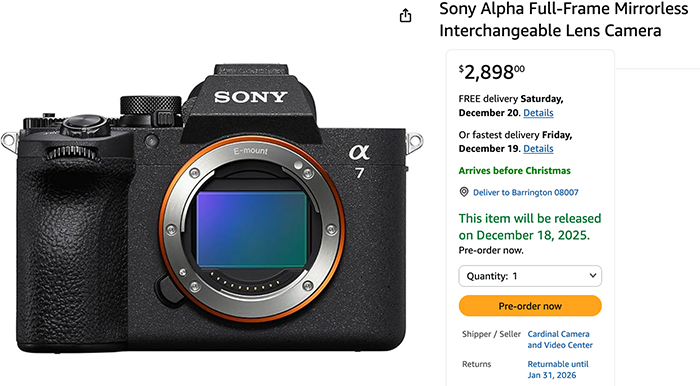
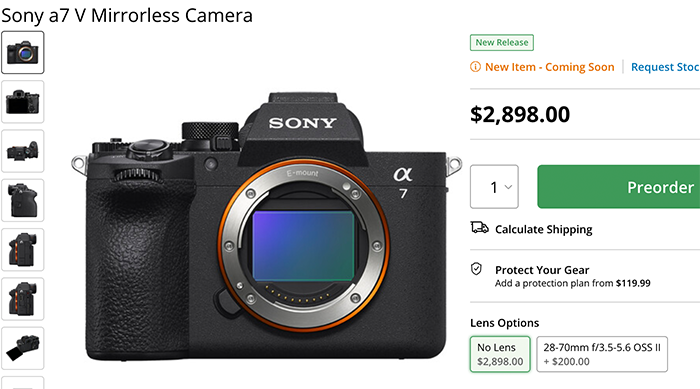




 [/shoplink].
[/shoplink].
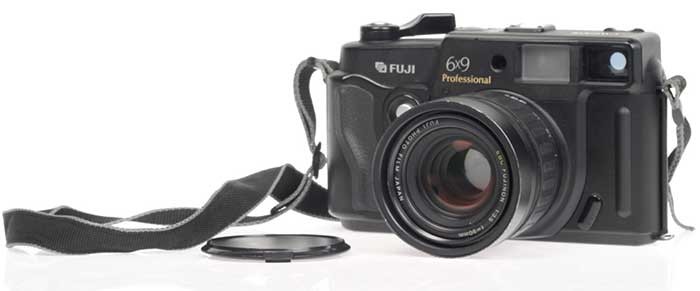 [/shoplink]
Image above shows the [shoplink 44043 ebay]Fuji 6X9 film camera[/shoplink].
[/shoplink]
Image above shows the [shoplink 44043 ebay]Fuji 6X9 film camera[/shoplink].